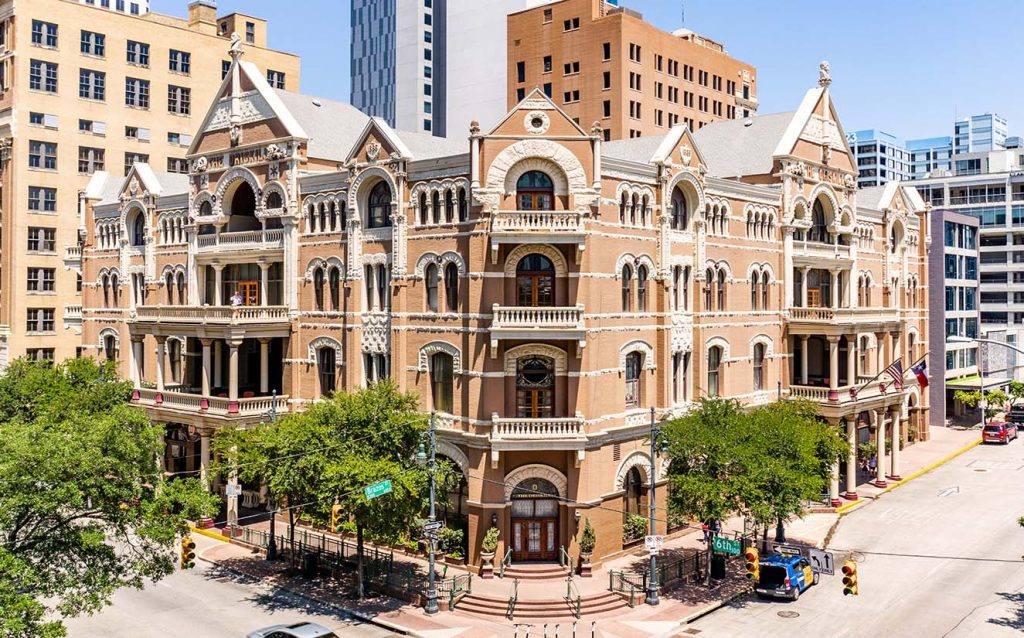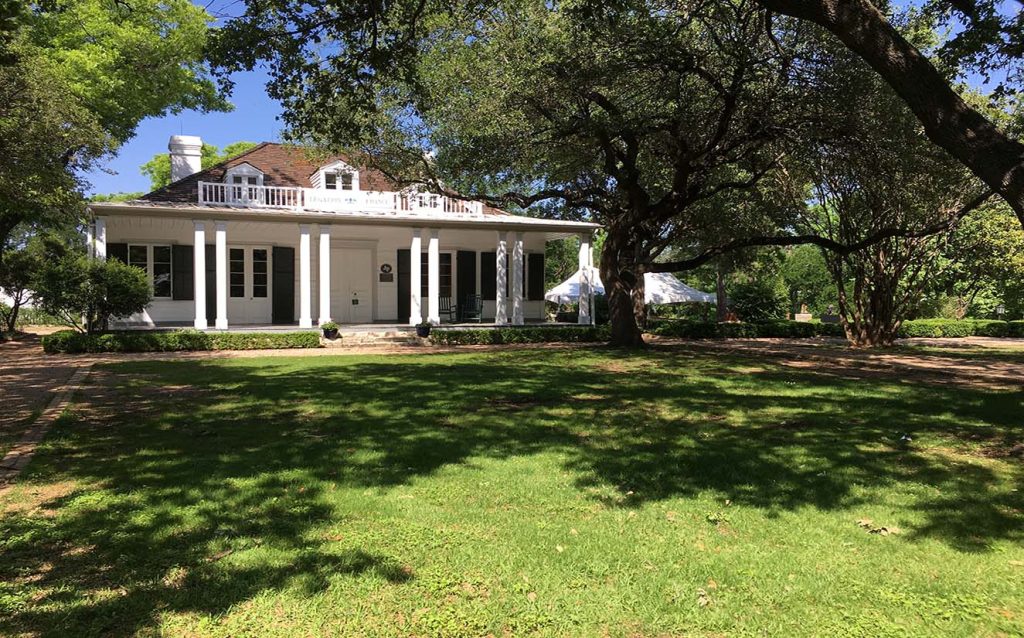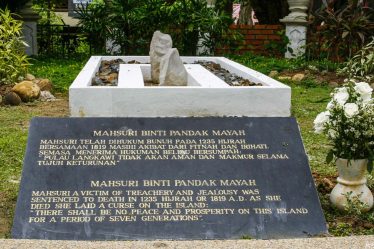
I constantly seek destinations that blend natural beauty with cultural heritage. My recent excursion to Austin, Texas, provided a remarkable opportunity to delve into the city’s fascinating history. Austin, the state capital, boasts a vibrant legacy that traces back to the 19th century. I’ll guide you through three historical sites I personally explored and introduce four additional recommendations. From comprehensive explanations and personal insights to services, pros and cons, precise geographical locations, directions, pricing, discounts, and my overall endorsements, I aim to offer a comprehensive guide for history enthusiasts and cultural explorers interested in uncovering Austin’s illustrious past.
The Historic Driskill Hotel

Location: 604 Brazos St, Austin, TX 78701
Getting There: The Driskill Hotel enjoys a prime location in downtown Austin, making it easily accessible via taxi, rideshare, or even a leisurely stroll if your accommodations are nearby.
Room Rates: Room rates fluctuate based on room type and seasonal demand. For the most up-to-date rates and special promotions, it’s advisable to consult their official website or contact the hotel directly.
Overview: The Driskill Hotel stands as an iconic piece of Austin’s history, with origins dating back to 1886. It has played a pivotal role in the city’s social and political circles. The hotel radiates an ambiance of yesteryears, offering guests a luxurious experience intertwined with historical significance.
Experience: My decision to immerse myself in the historic ambiance led me to stay at The Driskill Hotel. From the grandeur of the lobby, adorned with opulent decor, to the tastefully appointed guest rooms, every detail exuded a sense of bygone elegance. The hotel further extends guided tours that provide captivating insights into its storied past, regaling guests with tales of illustrious visitors and significant political events.
Pros:
- A rich history entwined with architectural grandeur.
- Central downtown location, ideal for exploring Austin’s cultural gems.
- Impeccable service and a host of luxurious amenities.
- On-site dining options, offering a taste of Texas cuisine.
Cons:
- Room rates tend to be higher in comparison to some other local hotels.
- Limited on-site parking, though valet service is available.
Recommendation: For aficionados of history and those desiring a luxurious immersion in Austin’s past, The Driskill Hotel is an outstanding choice. Ensure you partake in the guided tour to fully appreciate its intriguing history.
Texas State Capitol
Location: 1100 Congress Ave, Austin, TX 78701
Getting There: The Texas State Capitol’s central downtown location makes it easily accessible on foot or via various transportation options. Ample parking is available nearby.
Guided Tours: Complimentary guided tours are offered. For the latest tour schedules, please refer to the Capitol’s official website.
Overview: The Texas State Capitol stands as a historic landmark and serves as the seat of Texas government. Completed in 1888, it is renowned for its splendid architecture and rich historical significance. The Capitol’s surroundings feature statues, monuments, and beautifully landscaped grounds.
Experience: My visit to the Texas State Capitol was a blend of education and wonderment. The guided tour offered invaluable insights into the state’s history, architectural brilliance, and the legislative process. I found myself enthralled by the magnificence of the building’s dome, explored various chambers, and gained a profound understanding of its pivotal role in Texas history.
Pros:
- Complimentary guided tours conducted by knowledgeable guides.
- Immaculate architecture and meticulously maintained grounds.
- Historical importance and exceptional educational value.
- Central downtown location, offering ease of access.
Cons:
- Potential crowds, especially during peak tourist seasons.
Recommendation: A visit to the Texas State Capitol is an absolute must for history enthusiasts. The guided tour is both informative and captivating, providing profound insights into Texas history and governance.
The O. Henry Museum
Location: 409 E 5th St, Austin, TX 78701
Getting There: The O. Henry Museum enjoys a prime downtown location, rendering it easily accessible by foot or various modes of transportation.
Admission: While admission is typically free, the museum greatly appreciates voluntary donations to support its endeavors.
Overview: The O. Henry Museum pays homage to the life and literary works of William Sydney Porter, better known by his pen name, O. Henry. Porter, a celebrated short story writer, resided in Austin during the 1880s. The museum is housed in the very historic house he once called home.
Experience: Stepping into the O. Henry Museum felt like traversing a time portal back to the late 19th century. The museum’s interior houses a treasure trove of artifacts, memorabilia, and exhibits chronicling O. Henry’s life and literary career. It deepened my appreciation for his contributions to American literature and shed light on Austin’s profound influence on his creative oeuvre.
Pros:
- A unique opportunity to explore the life and literary legacy of a renowned author.
- A well-preserved historic residence boasting engaging exhibits.
- A window into the literary history of Austin.
- Admission is typically free, with an option for visitors to contribute.
Cons:
- Somewhat limited in scale and the breadth of exhibits in comparison to larger museums.
Recommendation: If you possess an affinity for literature and history, the O. Henry Museum offers a quaint yet enlightening visit in downtown Austin. It’s a hidden gem that affords visitors a glimpse into the world of a literary luminary.
Recommended Historical Destinations
The French Legation Museum

Location: 802 San Marcos St, Austin, TX 78702
Getting There: The French Legation Museum is a brief drive or a delightful walk from downtown Austin, with on-site parking facilities.
Admission: Admission fees are variable, so I recommend consulting the museum’s official website for up-to-date rates and available discounts.
Overview: The French Legation Museum is housed within Austin’s oldest wooden structure, constructed in 1841. It served as the diplomatic outpost of the French government in the Republic of Texas. The museum showcases the historical relationship between France and Texas, providing glimpses into life during the 19th century.
Pros:
- A well-preserved historic building with a unique and intriguing history.
- Educational exhibits and guided tours to enhance the visitor experience.
- Beautiful gardens and outdoor spaces for relaxation and exploration.
- A captivating journey into early Texas history.
Cons:
- On-site parking spaces may be limited.
Recommendation: The French Legation Museum offers a captivating look into early Texas history and its diplomatic ties with France. It’s a fantastic destination for history enthusiasts and those fascinated by 19th-century life.
Bullock Texas State History Museum
Location: 1800 Congress Ave, Austin, TX 78701
Getting There: The Bullock Museum enjoys a central downtown location, with nearby parking options.
Admission: Admission fees fluctuate based on age and the nature of exhibits. I advise consulting the museum’s official website for the latest rates and details on available discounts.
Overview:
The Bullock Texas State History Museum is dedicated to narrating the tale of Texas. It features a comprehensive array of exhibits covering the state’s history, culture, and contributions. The museum also hosts special exhibitions, events, and educational programs.
Pros:
- An extensive exploration of Texas history and culture under one roof.
- Interactive exhibits and multimedia presentations to engage visitors.
- Special exhibitions that undergo periodic changes, ensuring repeat visits remain rewarding.
- Educational programs and activities suitable for families.
Cons:
- Admission fees can fluctuate depending on the specific exhibits featured.
Recommendation: The Bullock Museum provides a profound dive into the history and culture of Texas. It’s an ideal location to spend several hours absorbing the diverse and storied heritage of the state.
The Lyndon Baines Johnson Library and Museum
Location: 2313 Red River St, Austin, TX 78705
Getting There: The LBJ Library and Museum are situated within the campus of the University of Texas at Austin, requiring only a brief drive from downtown. Ample parking facilities are available.
Admission: Admission fees fluctuate based on age and the nature of exhibits. I suggest referring to the museum’s official website for current rates and information on available discounts.
Overview: The LBJ Library and Museum serve as a tribute to the life and presidency of Lyndon B. Johnson, the 36th President of the United States. The museum delves into the social, political, and cultural dimensions of the 1960s, with a particular focus on the Johnson administration.
Pros:
- A comprehensive examination of a pivotal period in U.S. history.
- Extensive archives, exhibits, and multimedia presentations.
- Educational opportunities and research facilities for scholars.
- Serene outdoor spaces and picturesque views of the University of Texas campus.
Cons:
- Admission fees may fluctuate based on the featured exhibits.
Recommendation: The LBJ Library and Museum offer a captivating journey through the tumultuous 1960s and the presidency of Lyndon B. Johnson. It’s a must-visit for history aficionados and individuals intrigued by American politics.
My historical exploration of Austin illuminated a city deeply intertwined with its heritage. From the opulent elegance of The Driskill Hotel to the legislative halls of the Texas State Capitol, and from the literary realm of O. Henry to the historical richness of the recommended destinations, Austin’s historical sites proffer a diverse array of experiences.
Whether you harbor a fervor for history, possess an appreciation for literature, or are simply curious about the past, Austin’s historical attractions extend a wealth of opportunities. Ensure meticulous planning for your visits, scrutinize for any available discounts or special exhibitions, and allocate time to submerge yourself in the profound tapestry of Austin’s history. It’s an expedition that will leave you with an enriched understanding of this vivacious and historically significant city.


